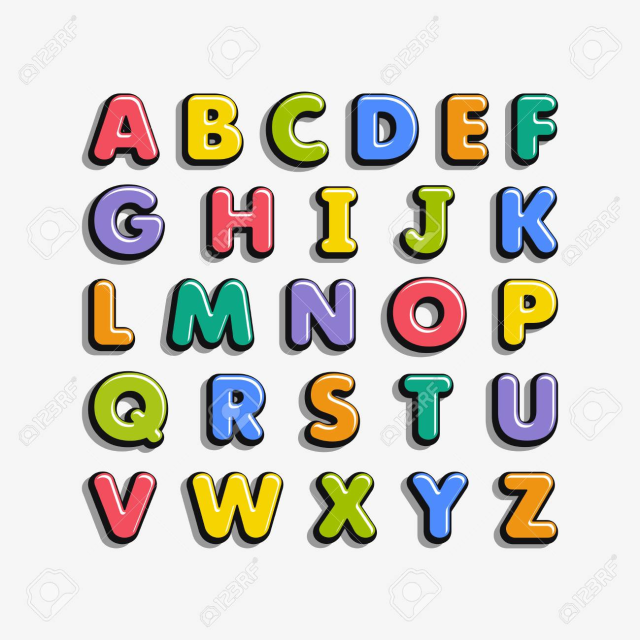An alphabet is a standardized set of basic written symbols or graphemes that represent the phonemes of certain spoken languages. Not all writing systems represent language in this way; in a syllabary, each character represents a syllable, for instance, and logographic systems use characters to represent words, morphemes, or other semantic units.
The first fully phonemic script, the Proto-Canaanite script, later known as the Phoenician alphabet, is considered to be the first alphabet, and is the ancestor of most modern alphabets, including Arabic, Cyrillic, Greek, Hebrew, Latin, and possibly Brahmic. It was created by Semitic-speaking workers and slaves in the Sinai Peninsula (as the Proto-Sinaitic script), by selecting a small number of hieroglyphs commonly seen in their Egyptian surroundings to describe the sounds, as opposed to the semantic values, of their own Canaanite language. Peter T. Daniels, however, distinguishes an abugida or alphasyllabary, a set of graphemes that represent consonantal base letters which diacritics modify to represent vowels , an abjad, in which letters predominantly or exclusively represent consonants, and an "alphabet", a set of graphemes that represent both vowels and consonants. In this narrow sense of the word the first "true" alphabet was the Greek alphabet, which was developed on the basis of the earlier Phoenician alphabet.
Alphabets are usually associated with a standard ordering of letters. This makes them useful for purposes of collation, specifically by allowing words to be sorted in alphabetical order. It also means that their letters can be used as an alternative method of "numbering" ordered items, in such contexts as numbered lists and number placements.

